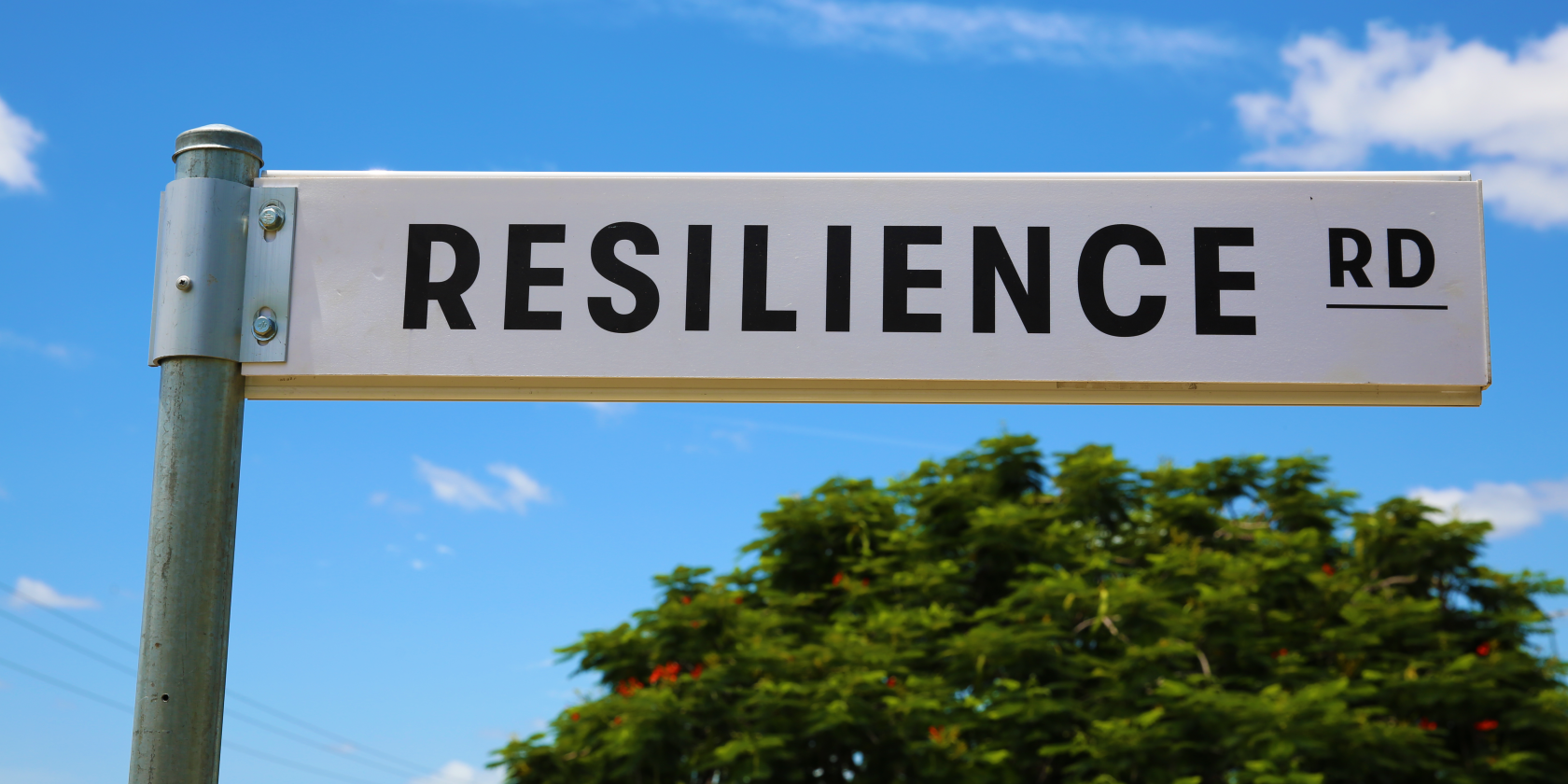Putting Queensland on the road to resilience
Leading insurer Suncorp has transformed a street in Rockhampton in central Queensland into one of Australia’s most resilient, upgrading homes with features designed to better protect against extreme weather.
Share

Dubbed ‘Resilience Road’, the initiative puts into practice the innovation of Suncorp’s One House prototype launched last year, showing how practical and accessible features like installing ember guards or cyclone mesh screens can make homes stronger and safer.
Suncorp’s Bernadette Norrie said Resilience Road aimed to encourage homeowners, builders, and government to make home resilience a priority.
“We see first-hand the impact extreme weather has on people’s lives, livelihoods and our broader society and economy,” said Ms Norrie.
“Right now, we are working around the clock to help thousands of Australians clean up and rebuild after the devastating East Coast floods and storms. That’s why we continue to advocate for practical ways to help reduce the physical, emotional, and financial damage of extreme weather.
“While these upgrades are not a silver bullet to avoiding extreme weather, it is all about helping protect homes and the Australian way of life by lessening the impacts.
Suncorp Group Bernadette Norrie
As a nation, we must boost investment in stronger homes and local infrastructure that makes communities safer and more resilient. Australian homes aren’t as strong and safe as they could be, and many homeowners aren’t aware of what they can do to reduce the impacts of extreme weather without costing a fortune.
“The houses on Resilience Road had upgrades that ranged from $200 for a weather seal installation on an external door to $6,000 to install Crimsafe screens to stop wind-driven projectiles.
“We took the lessons from our One House partnership with James Cook University and the CSIRO, and then worked with builders and suppliers to determine what upgrades could be done to better protect the families next time they face extreme weather.
If we can improve building resilience and adapt to a future of more extreme weather, generations to come will be better protected and less likely to be displaced before, during, and after natural disasters.
“We chose Rockhampton as the location for Resilience Road as it experiences storms, floods and bushfires, and these are the main perils we face as a nation.”
Suncorp’s commitment to building resilience into homes extends to its insurance products that support and reward resilience with features such as Build it Back Better and Cyclone Resilience Benefit.
To find out more or learn how to make your home more resilient, visit the Resilience Road hub.
#Upgrades to the homes on Resilience Road
– Upgrading garage doors to withstand cyclones/strong winds/limit fire embers entering enclosed areas.
– Upgrading gutter guards to prevent debris build-up causing internal leaking and to stop fuel building for fire embers to light.
– Installing weather seals on doors to lessen/stop any water ingress during a storm.
– Replacing smoke alarms to ensure they’re working properly in case of an internal house fire.
– Tree lopping to ensure branches don't pose a potential debris risk during a storm, damaging your home or your neighbour’s home.
– Installing outdoor storage to ensure outdoor furniture doesn’t fly away in a storm or cyclone.
– Ensuring a garden shed can withstand cyclones and strong winds by installing a cyclone kit.
– Relocating air conditioning units away from the elements to prevent damage in a storm. This stops blackouts from happening should your electrical board short circuit.
– Replacing color bond roof sheeting including cyclone washers, fixings and flashings to ensure roof and flashings remain intact during strong winds/storms. Stops any water ingress through the roof (a common problem for a lot of homes).
– Replacing/reinforcing carport roof battens to strengthen overall roof structure.
– Replacing wall lining with cement cladding to protect from water ingress in a storm.
– Replacing doors with solid fire-rated hardwood material (rather than hollow plywood) as this better protects against storm and fire.
– Raising the height of power points to ensure electrical safety in the case of a flood.
– Installing louvres and crimsafe screens to protect against flying debris in the event of a cyclone or storm and protecting against flying embers and bushfire heat.
– Installing a water tank for storage reserves so if a bushfire occurs, firefighters can use this water to put out a fire.



